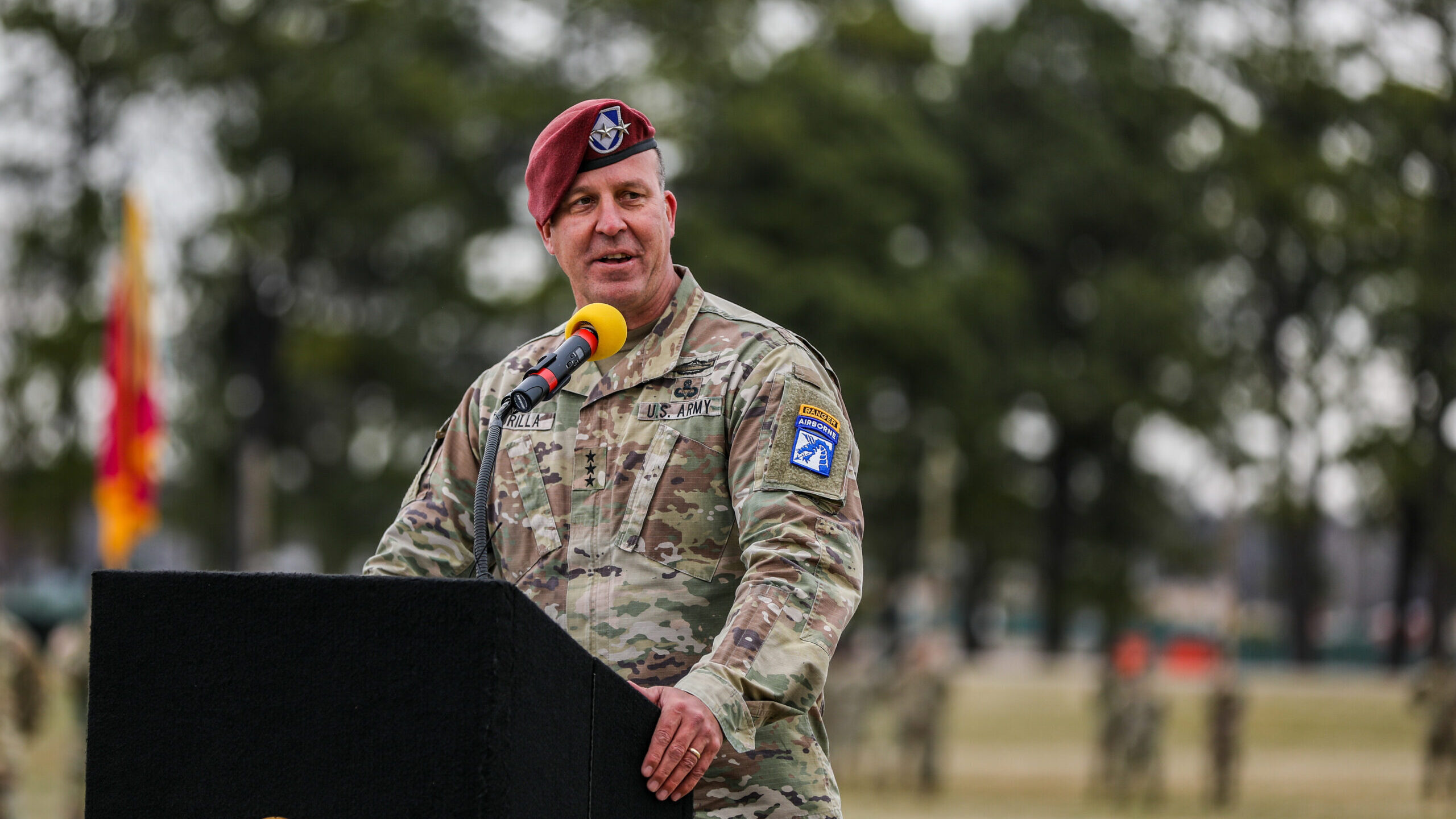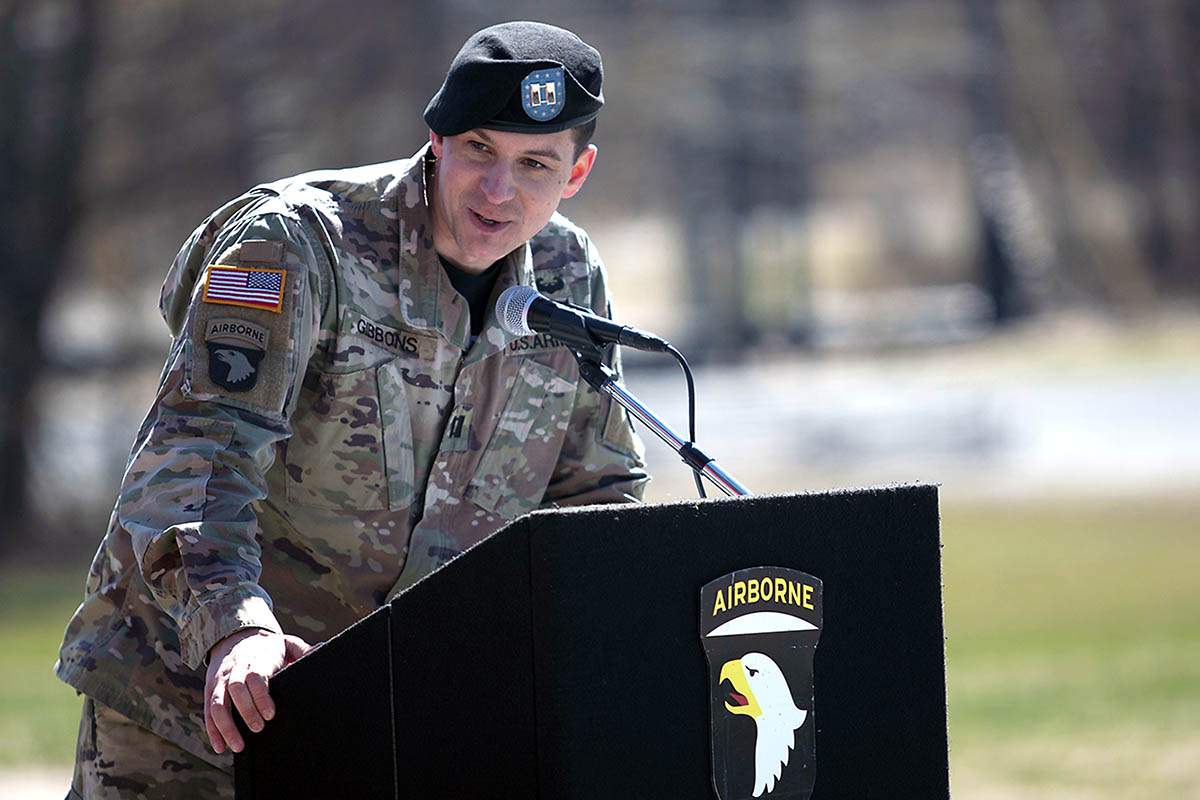Airborne Vs Air Assault - Air assault is the movement of ground-based forces—via vertical-to-landing (VTOL) aircraft—such as helicopters—to capture and hold poorly defined terrain and to check directly behind deep lines. .
In addition to regular infantry training, air assault units often receive training in counter-insurgency, rapid-fire systems, and air travel, and their equipment is sometimes designed or field-modified to use make the transportation better in the plane.
Airborne Vs Air Assault

US Army Field Manual FM 1-02 (FM 101-5-1) defines the "air assault mission" as the function of the complete integration of combat forces (combat, combat support and combat support operations), firepower, movement, and helicopter arrows, A maneuver or air commanding the commander on the battlefield under the ground line to check and destroy the battlefield, or in general to hold and hold the ground behind which is not fixed.
Multi Purpose Mps Carry Out Air Assault Training
Due to the heavy weight of helicopters, air assault troops are usually very small, although some armored vehicles, such as the Russian BMD-1, are designed to fit heavier helicopters, allow the attack force to apply some air quality. movement. Mechanization of land. Assault troops often rely on air support provided by attack helicopters, attack helicopters and/or winged aircraft. The concept of mounted Vertical Maneuver requires the ability to use a VTOL or Super STOL aircraft to carry a light, motorized or medium heavy vehicle.
Air strikes should not be confused with air raids, air attacks, or air strikes, all of which refer to attacks using only aircraft (such as bombing, strafing, etc.). Also, air raids should not be confused with air raids, in which paratroopers and their weapons and supplies are airdropped, often as part of an important offensive operation.
Royal Marine Commandos are supported by Royal Marine Lynx helicopters from 847 Naval Air Squadron (NAS), which are used in support of 3 Commando Brigade. They also serve as attack helicopters with the addition of two pods of TOW wire-guided anti-tank weapons.
Concepts related to air combat and air mobility. However, air strikes are a movement of war rather than deployment in the surrounding area.
Storied 101st Airborne Marks 70th Anniversary
Air assault units may differ in structure; Using helicopters not only for transportation but also as close air fire support, medical evacuation helicopters and manufacturing operations. Airborne missiles are usually assigned to carry out air strikes. Units vary in size, but generally they are company and brigade units.
Aircraft are designed and trained for air insertion and vertical velopmt ("air-drop or air-ground a maneuver in which troops attack back and in the direction of force, causing cutting or shooting power",
One type of air attack is the US Army Air Force. It differs from regular air assault units only in accomplishing cavalry reconnaissance and small combat missions. The 16th Air Assault Brigade was formed in 1999 following the merger of the 5th Infantry Division (5th Airborne Brigade) and the 24th Airmobile Brigade, combining the strength of the air force with the capabilities of attack helicopters.

Air transport has been a key concept in offensive operations since the 1930s. The first method of air movement focused on the use of parachutists and military gliders. During the Second World War, the gliders carried out many attacks. World War II German Falschirmjagger, Brandbergers, and 22nd Air Landing Division glider Born Paras laid the foundation for modern air assault operations.
The Army Wants To Restore Full Air Assault Power To 101st Airborne
In 1941, the US Army quickly adopted the idea of operations, using wooden gliders before the development of helicopters.
After the war, the rapid development of airplanes led to the abandonment of wooden gliders and new helicopters to take their place. Four YR-4B helicopters saw limited service in the China Burma India theater with the 1st Air Commando Group.
In 1943, the Germans launched the Gran Sasso Offensive, which introduced many aspects of the air assault concept. Another example is the glider work of the German Brandbergers in Juppburg during World War II.
In 1946, US Marine General Roy S. Geiger witnessed an atomic bomb test at Bikini Atoll and immediately realized that an atomic bomb could make amphibious landings difficult due to the compression of troops, ships, and supplies at the edge of the ocean. . At this time, the Commandant of the Marine Corps, Alexander Vandegrift, convened a special board known as the Hogboom Board. This agency recommended that the USMC develop a transport helicopter to allow for a distributed assault on Emmi Beach. The USMC approved the formation of an experimental helicopter squadron. The HMX-1 was commissioned in 1947 with Sikorsky HO3S-1s.
Eod Tech Excels At Air Assault School > Tyndall Air Force Base > Article Display
In 1948, the Marine Corps School issued Amphibious Operations - Employment of Helicopters (Tative), or Phib-31, the first manual for helicopter operations.
The Marines use the term static velopmt rather than air maneuver or air attack. HMX-1 made its first velopmt from the seat of an aircraft carrier in an exercise in 1949.
The American military later used helicopters for support and transportation during the Korean War, proving that helicopters can be a versatile and powerful military tool.

The first helicopter flight and cargo helicopter flight took place on September 13, 1951, during the Korean War.
The Virgin Airborne Vs. The Air Assault Chad
"Operation Windmill I" was led by the United States Marine Corps, supporting troops clearing empy from a line around the extinct volcano known as "The Punchbowl". In total sev HRS-1 marine helicopters did 28 airlifts delivering 8,550 kg (18,848 pounds) of supplies and 74 seriously wounded.
On November 5, 1956, the Royal Marines' 45 Commando conducted the world's first helicopter assault and air assault during an amphibious landing as part of Operation Musketeer in Suez, Egypt.
650 Marines and 23 tons of equipment were taken from the decks of HMS Theseus and t Westland Whirlwind Mark 2s of 845 Naval Air Squadron, and six each of Whirlwinds and Bristol Sycamore HC.12s and HC.14s of HMS ExbarkIntall ExbarkIntall (Roy HU) Air Force).
No. and Raswa south of Port Said to save two important bridges. The plan was to use helicopters to drop Commando 45. Last minute concerns about their vulnerability to ground fire meant that Frch paratroops replaced them in this operation on 5 November, making a spectacular low landing, saving one of Both bridges are intact. Rather no. 45 Commando disembarked the next day, landing on the beach after crossing the sea that protected the area. This first operation using helicopters to reach troops during an amphibious assault was successful. Because their carriers were nine kilometers from the coast, the Marines arrived faster than could be accomplished by car, without the need to pack their boots. However... they landed on the boat in the same place where the old car might be.[16]
St Airborne (air Assault) Spearhead Slide
In 1956, the United States Marine Corps executed the first force exercise of the velopmt, with the 1st Marine Division at Camp Pdelton, CA, U.S. A helicopter was lifted from a converted WWII jeep carrier to a landing site at a Marine Corps base. One of the ships used for the exercise was the USS Thetis Bay. The exercise is the culmination of the Navy's strategy of vertical velopmt rather than aggressive attacks on protected beaches. The media of the time, including Life magazine, covered the process well. The Navy eventually adopted this system as a standard operating procedure, after which helicopters could be used to transport large numbers of troops and large quantities of supplies in a timely manner.
Operation Deep Water was a 1957 NATO naval exercise in the Mediterranean Sea that marked the first unit of the United States Marine Corps to participate in vertical helicopter deployment operations during overseas deployments.
During the Vietnam War, the US conducted its first large-scale air raid operation during the Ia Drang War.

The French Army's use of helicopter gunships during the Algerian War to drop troops into the Emi region is a method of aerial warfare that continues to this day.
St Airborne Division Holds Best Air Assault Competition During Week Of The Eagles
Machines of the Frch Army Light Aviation carried out a large number of operations against Algerian insurgencies between 1955, when Groupe d'Helicopters No.2 (GH 2) was established, and in 1962 and the Frch Empire finally came d in Algeria. . GH 2 is based in Sétif - Aïn Arnat in the east of the country, and uses machinery to carry out transport operations, although the Vertol H-21C, due to the lack of machinery, will enter soon. Both defend themselves and work offensively against chaos. Access to these machines is available from licsee Piasecki giv. Normally, the H-21 can carry 18 soldiers, although local operations (and weather) dictate that the French Army example can be carried.
Airborne or air assault badge on top, airborne assault game, airborne or air assault, airborne air assault, 101st airborne air assault, air assault vs airborne, airborne and air assault wings, airborne assault, 101st airborne air assault division, airborne and air assault, d day airborne assault, airborne air assault pathfinder
